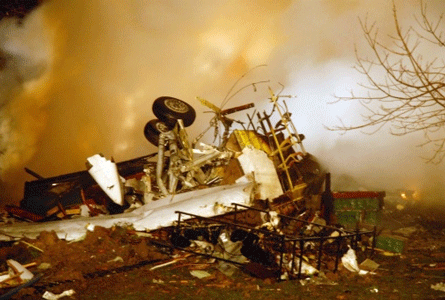INCREASINGLY STRINGENT noise regulations are seriously threatening future development and sales of light piston-engined aircraft in Europe, according to Bob Wilson, technical director at Pilatus Britten-Norman.
Wilson told delegates at the GAMTA conference that "tremendous pressure" is building up - particularly in France and Germany - for the introduction of even more stringent limits than those of the current International Civil Aviation Organisation Annex 16, Chapter 10, levels for propeller-driven aircraft weighing less than 9,000kg. The issue of noise is not nearly as prominent in the USA, he said.
"Stringency is going beyond that which technology will allow," says Wilson, calling into question the economic case for developing such aircraft for Europe. "Silencer technology needs developing and applying to piston engines."
Until 1993 noise certification, was carried out by flying the aircraft level, at an altitude 1,000ft (300m) over a ground-based microphone. Under the new rules, a microphone is positioned 2,500m from the start of the take-off roll, a method which Wilson says offers "no flexibility". Engine noise could be reduced by lowering engine speeds, he says, but this would have little effect as the aircraft would pass the microphone at a lower altitude.
Wilson unveiled a six-point action plan, which he says would help the industry move forward:
analysis of the problem, to "...understand where the main thrust of noise complaints is coming from";
examination of the move to measure take-off noise, rather than level flight;
introduction of a "considerate flying initiative", by varying aircraft circuit patterns, for example;
development of new-generation piston engines, with lower engine speeds;
improvements in silencer technology;
development of other technologies, such as noise cancellation.
Wilson concludes that European manufacturers do not have the resources, either in terms of finance or staff, to tackle the problem on their own.
Source: Flight International























